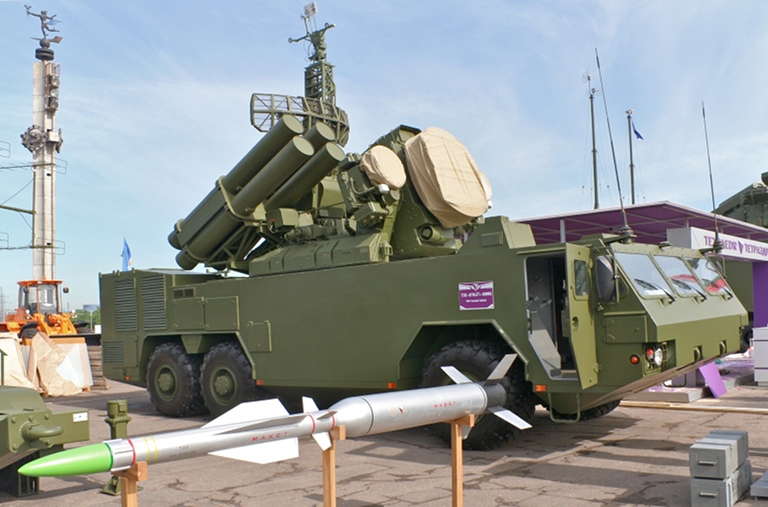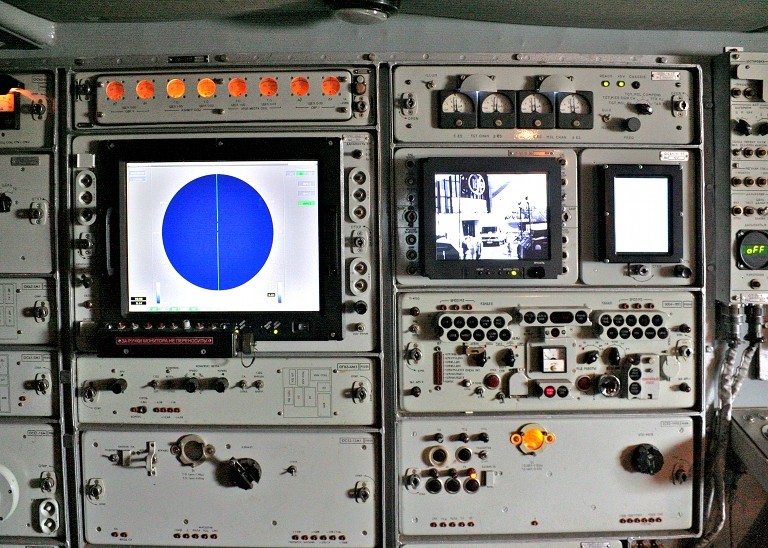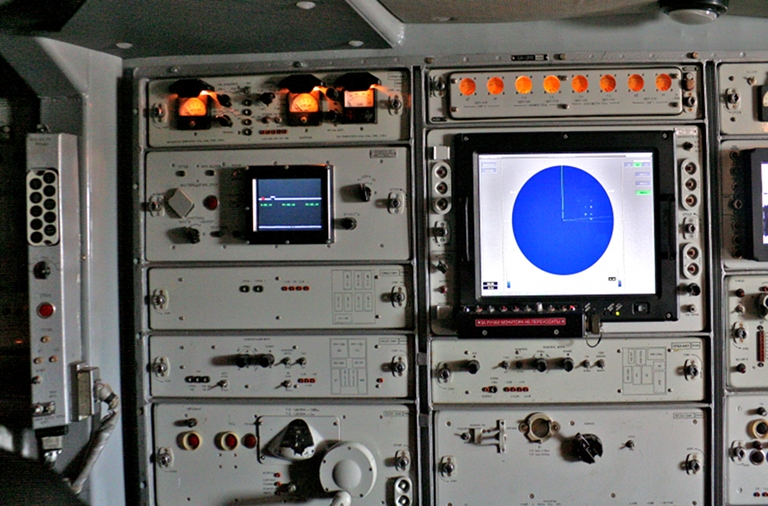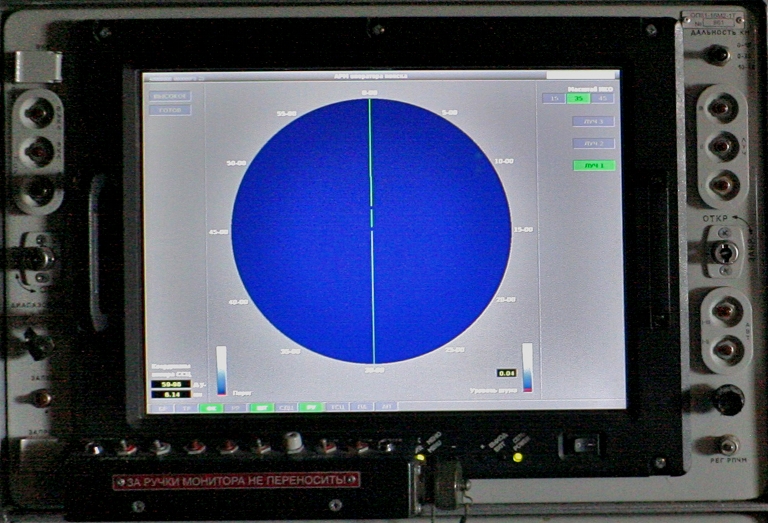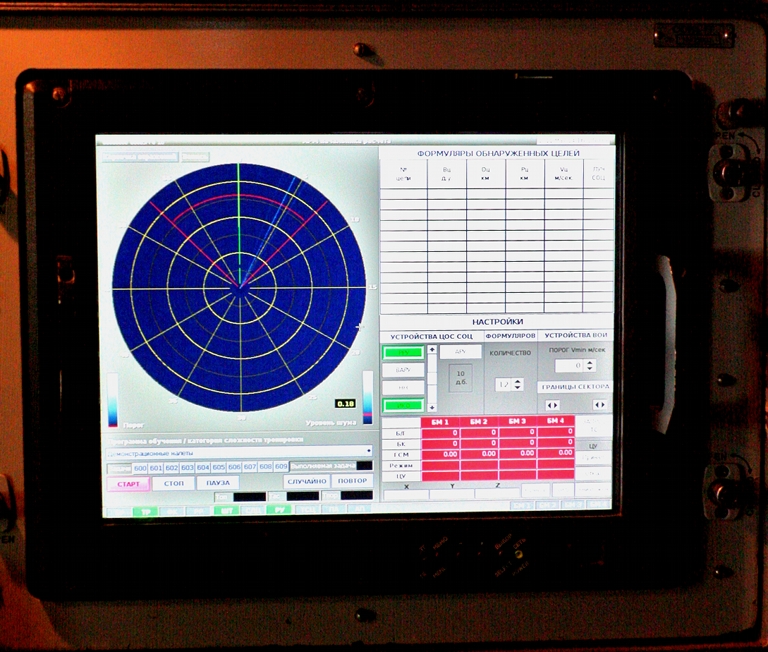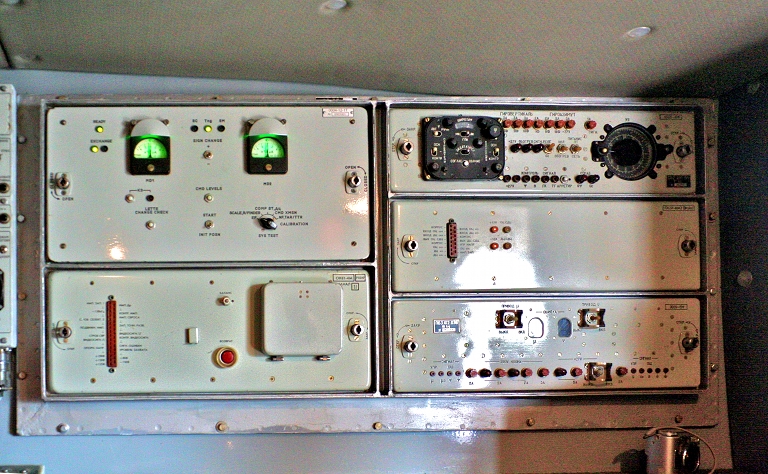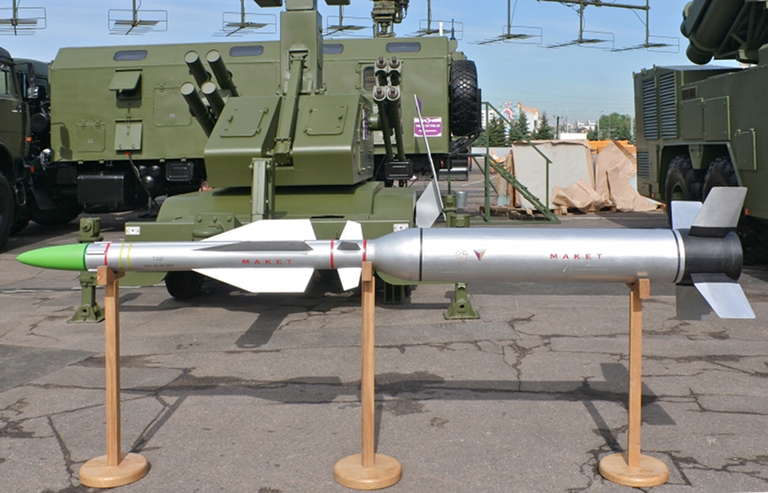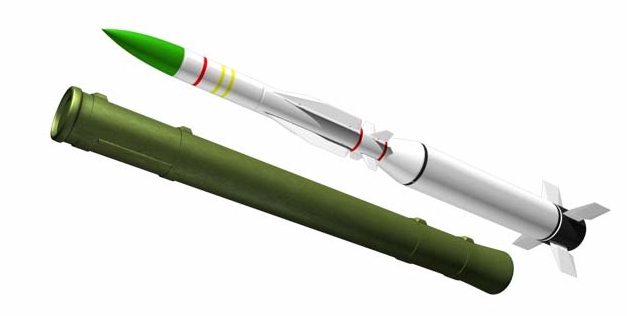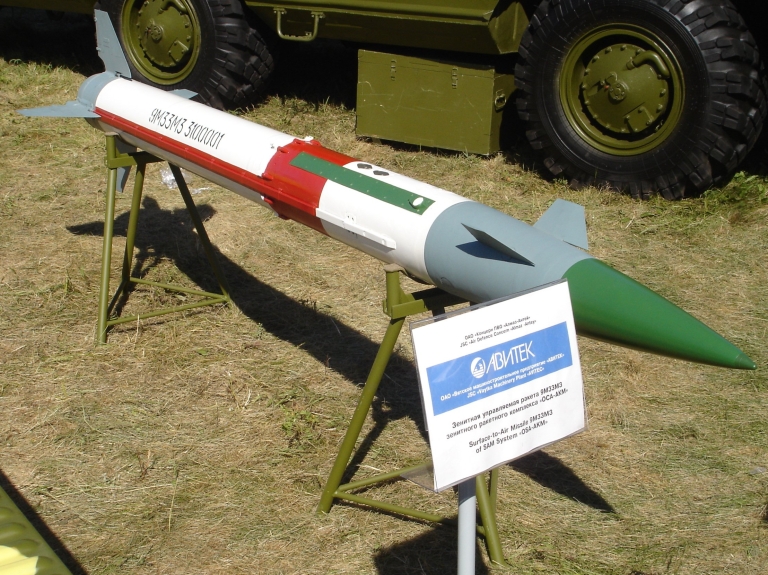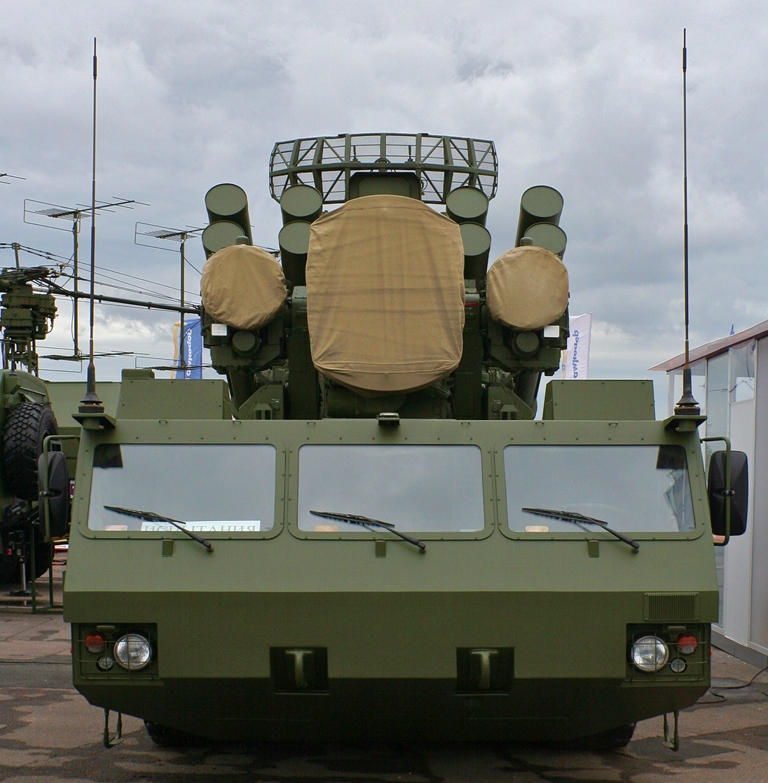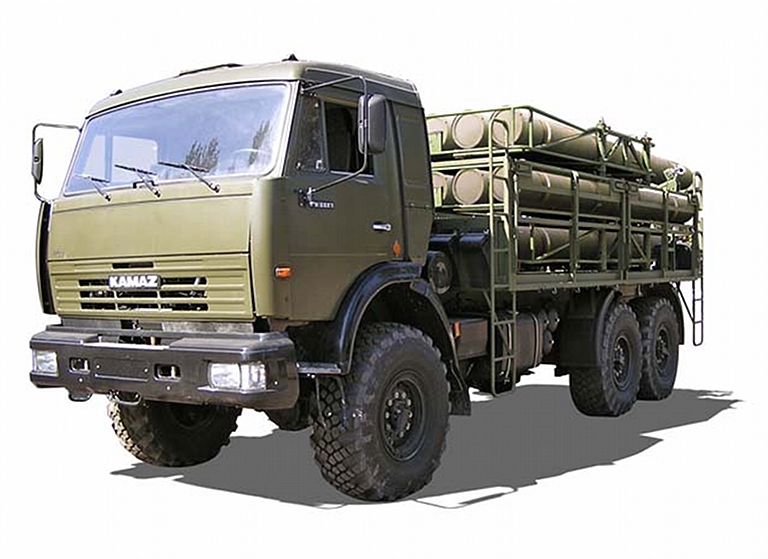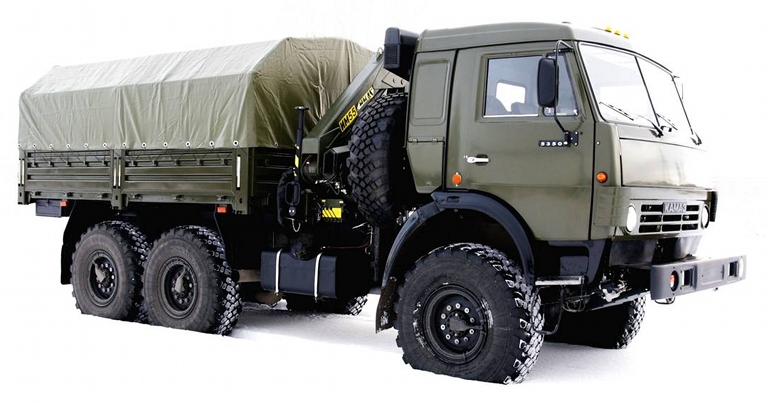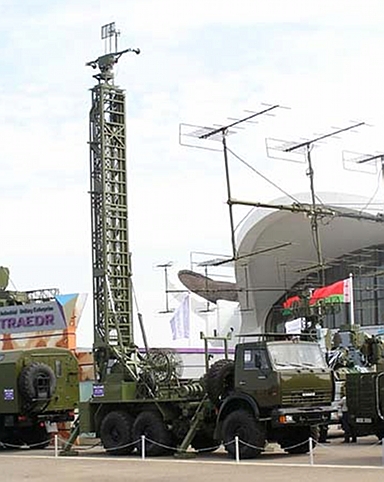|
||||||||||||||||||||||
![Home - Air Power Australia Website [Click for more ...]](APA/APA-Title-Main.png) |
||||||||||||||||||||||
![Sukhoi PAK-FA and Flanker Index Page [Click for more ...]](APA/flanker.png) |
![F-35 Joint Strike Fighter Index Page [Click for more ...]](APA/jsf.png) |
![Weapons Technology Index Page [Click for more ...]](APA/weps.png) |
![News and Media Related Material Index Page [Click for more ...]](APA/media.png) |
|||||||||||||||||||
![Surface to Air Missile Systems / Integrated Air Defence Systems Index Page [Click for more ...]](APA/sams-iads.png) |
![Ballistic Missiles and Missile Defence Page [Click for more ...]](APA/msls-bmd.png) |
![Air Power and National Military Strategy Index Page [Click for more ...]](APA/strategy.png) |
![Military Aviation Historical Topics Index Page [Click for more ...]](APA/history.png)
|
![Intelligence, Surveillance and Reconnaissance and Network Centric Warfare Index Page [Click for more ...]](APA/isr-ncw.png) |
![Information Warfare / Operations and Electronic Warfare Index Page [Click for more ...]](APA/iw.png) |
![Systems and Basic Technology Index Page [Click for more ...]](APA/technology.png) |
![Related Links Index Page [Click for more ...]](APA/links.png) |
|||||||||||||||
![Homepage of Australia's First Online Journal Covering Air Power Issues (ISSN 1832-2433) [Click for more ...]](APA/apa-analyses.png) |
||||||||||||||||||||||
| Last Updated: Mon Jan 27 11:18:09 UTC 2014 | ||||||||||||||||||||||
|
||||||||||||||||||||||
|
Tetraedr
T38
“Stiletto” Short Range
Self Propelled Air Defence System / [SA-8 Gecko] Тетраэдр Cамоходный Зенитный Ракетный Комплекс Малой Дальности Т38 «СТИЛЕТ» Technical Report APA-TR-2010-0701 |
||||||||||||||||||||||||||||||||||||||||||||||||||||||||||||||||||||||||||||||||||||||||||||||||||||||||||||
| by
Dr
Carlo
Kopp, AFAIAA,
SMIEEE,
PEng July 2010 Updated May, 2011 Updated April, 2012 Text, Line Art © 2010-2011 Carlo Kopp   |
||||||||||||||||||||||||||||||||||||||||||||||||||||||||||||||||||||||||||||||||||||||||||||||||||||||||||||
|
Tetraedr T38 “Stiletto” / SA-8 Gecko (© 2011 Michael Jerdev). |
||||||||||||||||||||||||||||||||||||||||||||||||||||||||||||||||||||||||||||||||||||||||||||||||||||||||||||
|
||||||||||||||||||||||||||||||||||||||||||||||||||||||||||||||||||||||||||||||||||||||||||||||||||||||||||||
BackgroundThe Tetraedr company in Belarus have
conducted a long running and commercially successful upgrade program on
legacy fleets of the Soviet built 9K33 Osa/Romb / SA-8 Gecko Surface to
Air
Missile system, which was developed during the Cold War for PVO-SV
(Soviet Army Air Defence) and
other Warpac Armies to provide a short range terminal point defence
capability for armoured and combined arms divisions on the move. The
SA-8
Gecko
has
been
widely
exported
and
remains
a popular weapon in
developing nations, as it is highly mobile, capable of operating
with substantial autonomy, and is well suited to setting up ambushes
against fixed and rotary wing aircraft.
The Tetraedr Osa-1T program involves a substantial rebuild of the legacy 9K33 weapon system, with digital hardware replacing much of the legacy Land Roll radar system and supporting computer system for the automatic CLOS missile guidance system. The upgrade includes new operator consoles and displays, and a new electro-optical tracking subsystem. 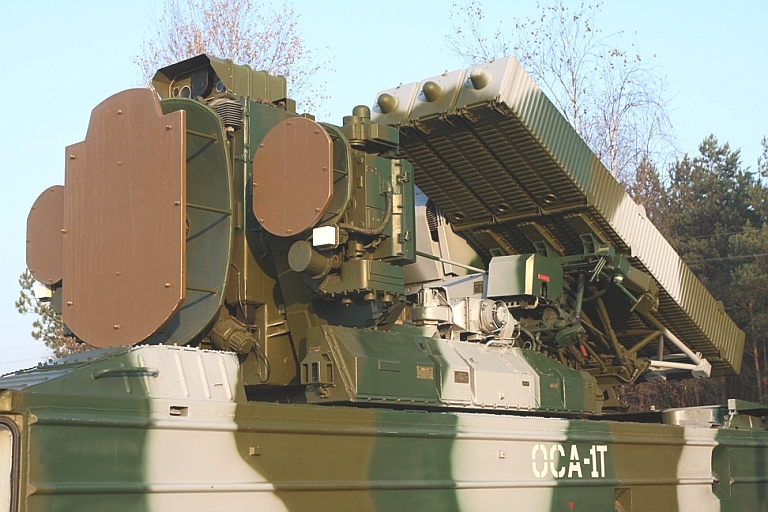 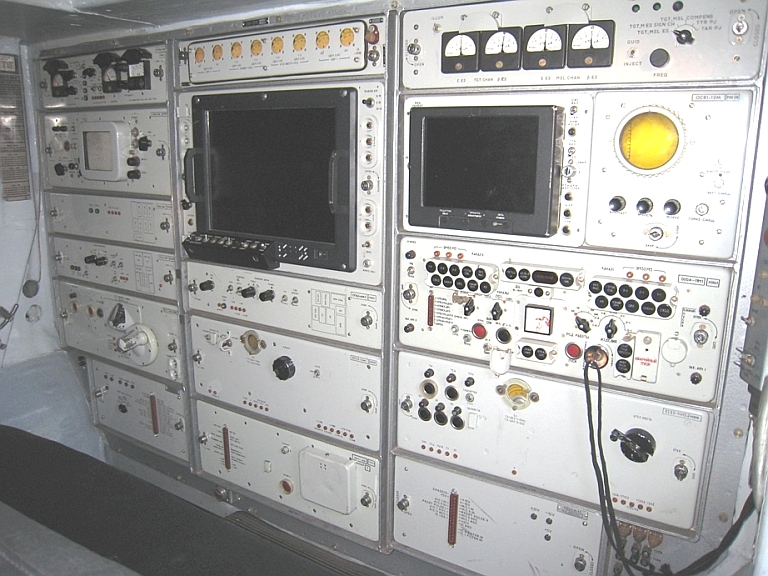  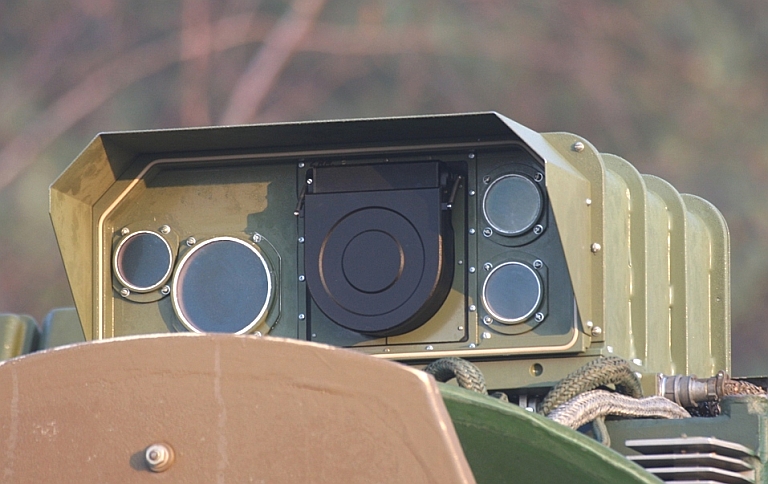 Recently the Osa-1T upgrade package was extended to include the new MZKT-69222 6 x 6 hardened chassis, replacing the amphibious legacy BAZ-5937 chassis of Soviet origin. While the MZKT-69222 was previously an upgrade option, the steadily declining condition of legacy BAZ-5937 chassis has resulted in Tetraedr now performing chassis rehosting on all 9K33 systems to be upgraded to Osa 1T standard. The newer MZKT-69222 provides better off road performance, higher road speed, better resistance to air delivered munitions, and is more reliable and maintainable. A major concern identified by Tetraedr has been the declining and ageing warstock of Soviet built 9M33/9M33M1/2/3 missile rounds. While these can be relifed by propellant, warhead, pyrotechnic and wiring replacement, training usage over time inevitably depletes numbers, given that the missile went out of production during the Cold War, replaced in Soviet PVO-SV units by the newer and more effective 9K331 Tor / SA-15 Gauntlet SAM and 2K22 Tunguska / SA-19 SPAAGM. Another consideration was that the legacy 9M33/33M series missiles were limited in range and speed, and thus not entirely effective against the much broader spectrum of contemporary battlefield threats, especially PGMs and pop-up threats such as anti-tank helicopters. This placed Tetraedr at a disadvantage when competing against Russia's Almaz-Antey, offering the Tor M2E / SA-15D, and KBP, offering the 96K6 Pantsir S1 / SA-22 series. As result, Tetraedr formed a partnership with Luch in the Ukraine to develop a new missile, the T382 Stilet (Stiletto). The T38 weapon system thus comprises a heavily rebuilt Land Roll radar package, new electro-optical and weapon system, new MZKT-69222 chassis, and replaces the six elevating box launcher mounted 9M33M series missiles with eight elevating launch tubes, each containing a single T382 two stage missile round. From a strictly technical perspective, there is so little left of the original 9M33 / SA-8 Gecko system that the T38 Stilet is effectively a new SAM system design, which employs some components of the legacy Land Roll radar system. Whether NATO assign it a unique SA-2X series designation and name remains to be seen. At best it could be described as a “derivative” of the legacy 9K33 / SA-8 Gecko system. Battery composition is four T38 TELARs with one acting as a “lead TELAR”, and train of support vehicles comprising KAMAZ 5350 6x6 truck hosted T383 Transporter/Transloader Vehicles, and three engineering vehicles, detailed below. Tetraedr have not to date elaborated on integration with other IADS components, whether the T38 battery is used to support a manoeuvre formation, or used to defend fixed targets such as infrastructure against cruise missiles or other PGMs - the upgraded radar and higher performance missile round would be viable for the latter role, unlike the legacy Land Roll, and 9M33 series missile round, both optimised for battlefield threats. It is most likely that Tetraedr will offer standard interfaces to legacy Soviet command posts and radars, and more recent replacements of Belarus origin, the latter permitting more comprehensive Belarus sourced upgrade packages. With twice the engagement range of the legacy SA-8 Gecko, better mobility, better ECCM capability, robust E/O engagement capability, and a faster missile round, the T38 Stilet system will be much more lethal and survivable than the legacy Gecko systems it replaces. While it has potential to perform in the counter-PGM role, it is limited in its ability to track and engage multiple targets concurrently, in comparison with the Russian built phased array equipped SA-15 and SA-22 systems. 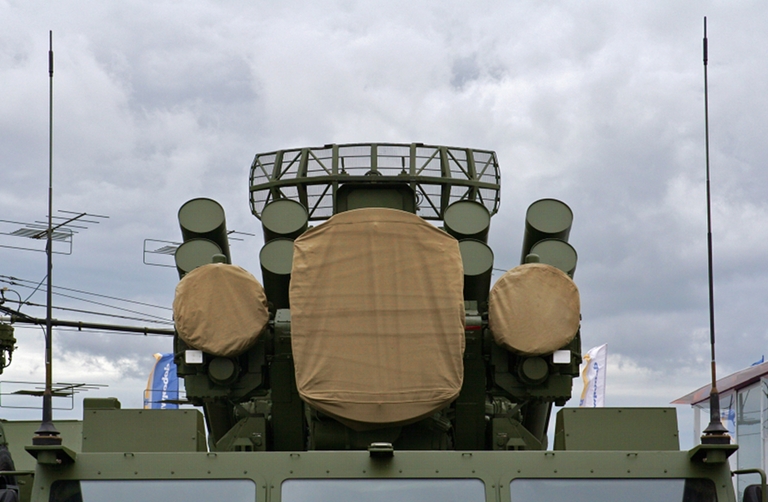 Tetraedr T38 “Stiletto” turret detail. The SA-8 Land Roll radar antennas are retained. Note the dorsal electro-optical system (© 2011 Michael Jerdev). 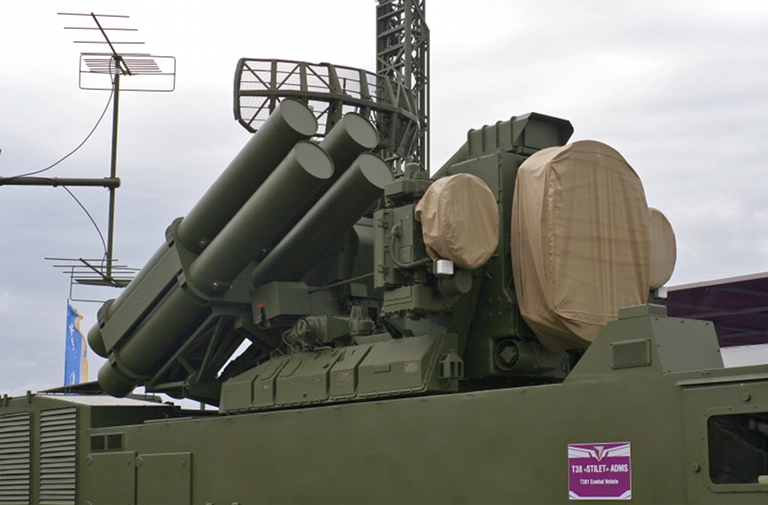 Upgraded
Land Roll Engagement Radar and
Electro-Optical Tracker
|
||||||||||||||||||||||||||||||||||||||||||||||||||||||||||||||||||||||||||||||||||||||||||||||||||||||||||||
T38 Technical Data
|
||||||||||||||||||||||||||||||||||||||||||||||||||||||||||||||||||||||||||||||||||||||||||||||||||||||||||||
|
SAM System Mobility - Air Defence System Vehicles [Click for more ...] SAM System Integration - Air Defence Command Posts [Click for more ...] SAM System Passive Targeting - Emitter Locating Systems [Click for more ...] SAM System Counter VLO Capabilities [Click for more ...] SAM System Multimedia - Rosoboronexport Footage [Click for more ...] |
||||||||||||||||||||||||||||||||||||||||||||||||||||||||||||||||||||||||||||||||||||||||||||||||||||||||||||
T38 Stilet Battery Components |
||||||||||||||||||||||||||||||||||||||||||||||||||||||||||||||||||||||||||||||||||||||||||||||||||||||||||||
|
||||||||||||||||||||||||||||||||||||||||||||||||||||||||||||||||||||||||||||||||||||||||||||||||||||||||||||
|
|
||||||||||||||||||||||||||||||||||||||||||||||||||||||||||||||||||||||||||||||||||||||||||||||||||||||||||||
T381 Transporter Erector
Launcher And Radar
|
||||||||||||||||||||||||||||||||||||||||||||||||||||||||||||||||||||||||||||||||||||||||||||||||||||||||||||
T383 Transporter/Transloader Vehicle |
||||||||||||||||||||||||||||||||||||||||||||||||||||||||||||||||||||||||||||||||||||||||||||||||||||||||||||
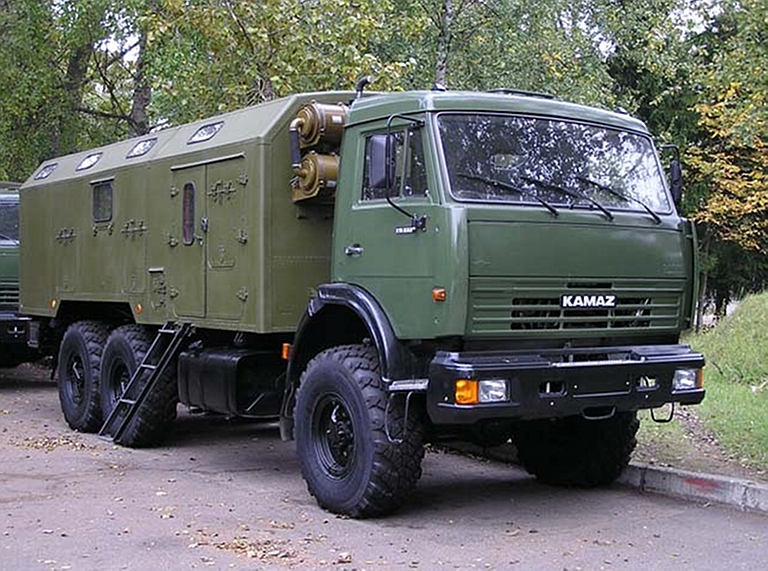 (Tetraedr).
|
||||||||||||||||||||||||||||||||||||||||||||||||||||||||||||||||||||||||||||||||||||||||||||||||||||||||||||
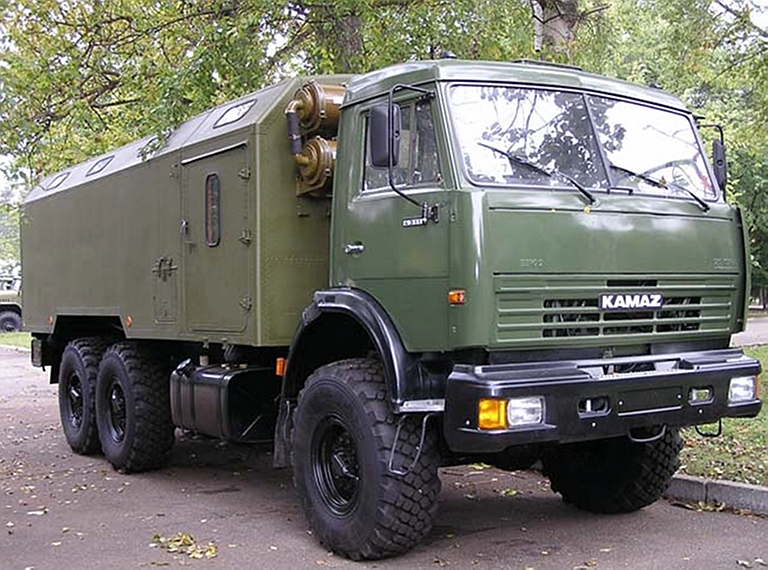 (Tetraedr).
|
||||||||||||||||||||||||||||||||||||||||||||||||||||||||||||||||||||||||||||||||||||||||||||||||||||||||||||
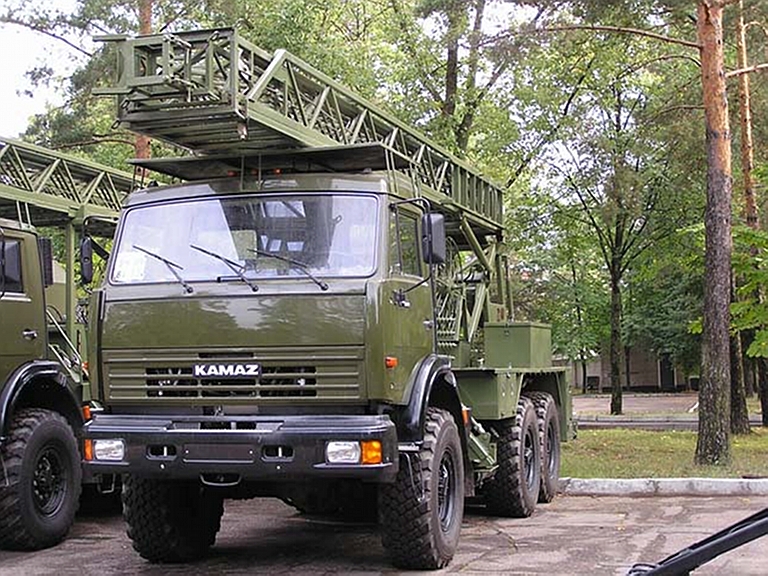
|
||||||||||||||||||||||||||||||||||||||||||||||||||||||||||||||||||||||||||||||||||||||||||||||||||||||||||||
Agat 9S737/MP-22 Ranzhir E Battery Mobile Command Post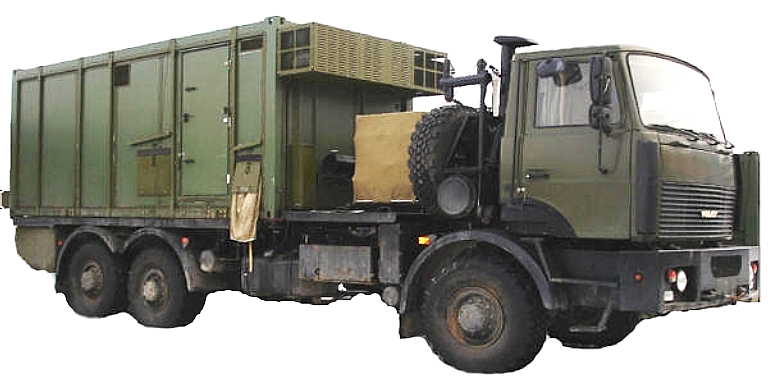 The Belarus built Ranzhir E/M
command post is supplied on the tracked MTLBu chassis, but is also
available in a 6x6 truck variant, intended for applications where high
road mobility is important. Legacy 9K33M batteries used a single PU-12M
command post, which controls four 9A33M TELARs in a battery
(Rosoboronexport).
|
||||||||||||||||||||||||||||||||||||||||||||||||||||||||||||||||||||||||||||||||||||||||||||||||||||||||||||
KB Radar (Agat) Vostok D/E Acquisition Radar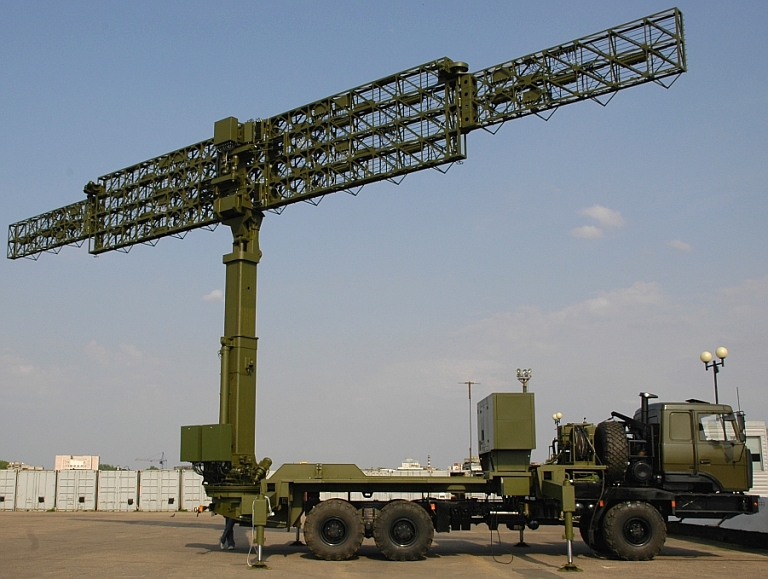 The Belarus designed KB Radar
(Agat) Vostok D/E is an entirely new 2D VHF radar design, using a
unique wideband "Kharchenko" square ring radiating element design, in a
diamond lattice pattern (image KB Radar).
|
||||||||||||||||||||||||||||||||||||||||||||||||||||||||||||||||||||||||||||||||||||||||||||||||||||||||||||
Kasta 2E2 Squat Eye E UHF Band Acquisition Radar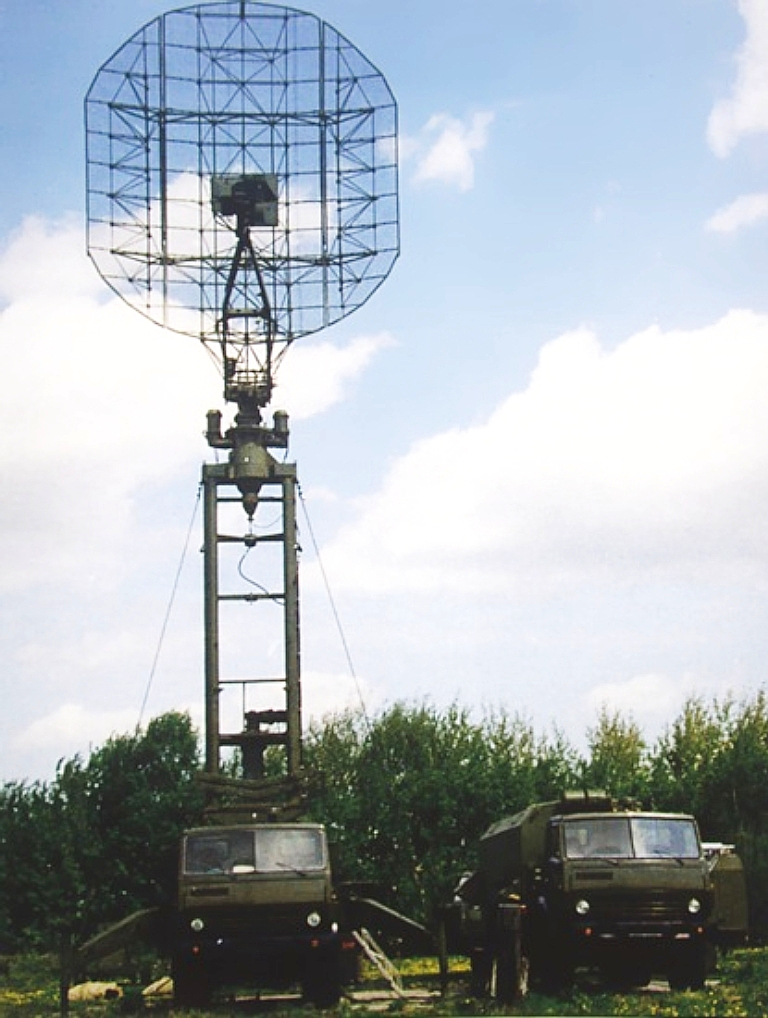 The Kasta 2E1 and 2E2 are the
latest incarnations of the well established Flat Face and Squat Eye
family of semimobile UHF band tactical acquisition radars. The initial
P-15 Flat Face A introduced the now characteristic double stacked array
of elliptical paraboloid section antennas. This radar was widely
exported by the Soviets to Warsaw Pact nations and Soviet Third World
allies and clients (Rosoboronexport).
|
||||||||||||||||||||||||||||||||||||||||||||||||||||||||||||||||||||||||||||||||||||||||||||||||||||||||||||
LEMZ PRV-16/1RL132 Naklon / Thin Skin Heightfinding Radar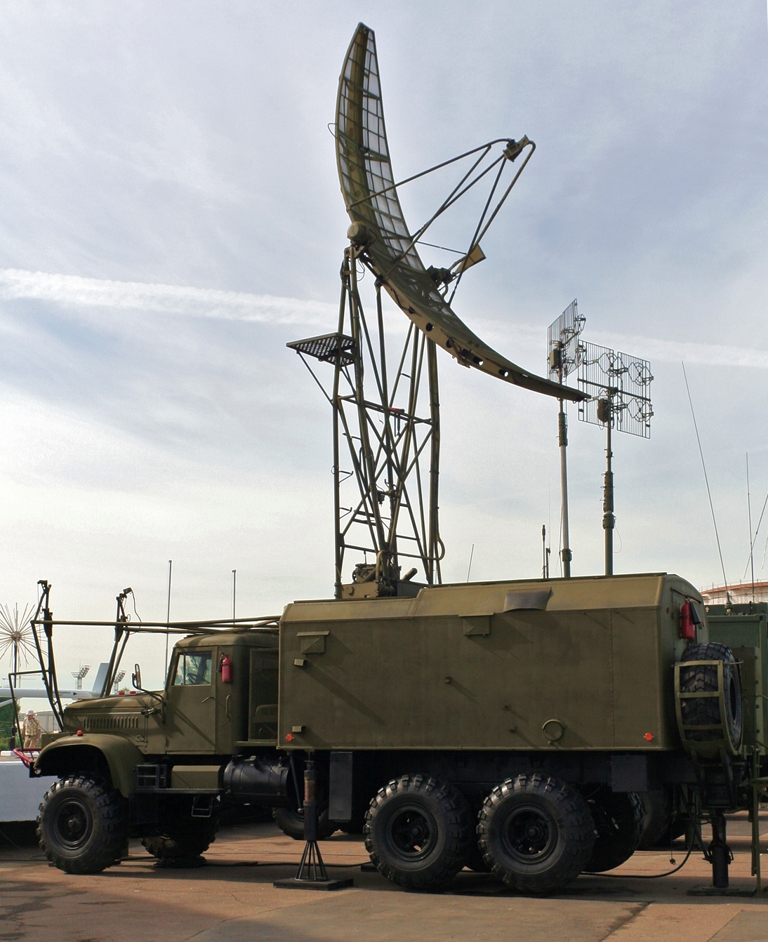 Upgraded PRV-16BM.01 self-propelled 6 GHz band nodding heightfinder at Milex 2011 (© 2011 Michael Jerdev). |
||||||||||||||||||||||||||||||||||||||||||||||||||||||||||||||||||||||||||||||||||||||||||||||||||||||||||||
References
|
||||||||||||||||||||||||||||||||||||||||||||||||||||||||||||||||||||||||||||||||||||||||||||||||||||||||||||
 |
||||||||||||||||||||||||||||||||||||||||||||||||||||||||||||||||||||||||||||||||||||||||||||||||||||||||||||
|
Technical Report APA-TR-2010-0701 |
||||||||||||||||||||||||||||||||||||||||||||||||||||||||||||||||||||||||||||||||||||||||||||||||||||||||||||
|
|||||||||||||
![Sukhoi PAK-FA and Flanker Index Page [Click for more ...]](APA/flanker.png) |
![F-35 Joint Strike Fighter Index Page [Click for more ...]](APA/jsf.png) |
![Weapons Technology Index Page [Click for more ...]](APA/weps.png) |
![News and Media Related Material Index Page [Click for more ...]](APA/media.png) |
||||||||||
![Surface to Air Missile Systems / Integrated Air Defence Systems Index Page [Click for more ...]](APA/sams-iads.png) |
![Ballistic Missiles and Missile Defence Page [Click for more ...]](APA/msls-bmd.png) |
![Air Power and National Military Strategy Index Page [Click for more ...]](APA/strategy.png) |
![Military Aviation Historical Topics Index Page [Click for more ...]](APA/history.png)
|
![Information Warfare / Operations and Electronic Warfare Index Page [Click for more ...]](APA/iw.png) |
![Systems and Basic Technology Index Page [Click for more ...]](APA/technology.png) |
![Related Links Index Page [Click for more ...]](APA/links.png) |
|||||||
![Homepage of Australia's First Online Journal Covering Air Power Issues (ISSN 1832-2433) [Click for more ...]](APA/apa-analyses.png) |
|||||||||||||
| Artwork, graphic design, layout and text © 2004 - 2014 Carlo Kopp; Text © 2004 - 2014 Peter Goon; All rights reserved. Recommended browsers. Contact webmaster. Site navigation hints. Current hot topics. | |||||||||||||
|
Site Update
Status:
$Revision: 1.753 $
Site History: Notices
and
Updates / NLA Pandora Archive
|
|||||||||||||
|
|
Tweet | Follow @APA_Updates | |||||||||||
|
|
|||||||||||||
|
|
|||||||||||||
![F-111 Aardvark Index Page [Click for more ...]](APA/f-111.png)
![F/A-18 Hornet and Super Hornet Index Page [Click for more ...]](APA/fa-18a.png)
![Aerial Refuelling and Airlift Capabilities Index Page [Click for more ...]](APA/aar-lift.png)
![Directed Energy Weapons and Electromagnetic Bombs Index Page [Click for more ...]](APA/dew.png)
![Notices and Updates Index Page [Click for more ...]](APA/notices-128.png)
![APA NOTAM and Media Release Index Page [Click for more ...]](APA/notams-128.png)
![APA Research Activities and Policy / Technical Reports Index [Click for more ...]](APA/research-128.png)
![Search Air Power Australia Website [Click for more ...]](APA/search-128.png)
![Briefings and Submissions - Air Power Australia [Click for more ...]](APA/briefs-128.png)
![Air Power Australia Contacts [Click for more ...]](APA/contacts-128.png)
![Funding Air Power Australia [Click for more ...]](APA/funding-258.png)
